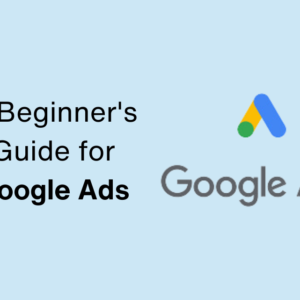Why HTML Formatting is Important for Blog Posts
When it comes to creating blog posts, the way you format your content can have a significant impact on its readability and overall success. HTML formatting, in particular, plays a crucial role in ensuring that your blog posts are visually appealing, easy to navigate, and optimized for search engines. In this article, we will explore the importance of using HTML formatting in your blog posts and how it can enhance the overall user experience.
1. Visual Appeal and Readability
One of the primary reasons why HTML formatting is crucial for blog posts is its ability to enhance the visual appeal and readability of your content. By using HTML tags such as headings, paragraphs, and lists, you can structure your content in a way that is easy on the eyes and makes it easier for readers to scan and digest the information.
Headings, denoted by the <h2> tag in HTML, allow you to break down your content into sections and sub-sections. This not only helps readers navigate through your blog post but also makes it easier for search engines to understand the hierarchy and relevance of the information.
Additionally, using HTML tags like <p> for paragraphs and <ul> or <ol> for lists can make your content more visually appealing and organized. These tags provide structure and improve the overall readability of your blog post.
2. Easy Navigation
HTML formatting also plays a crucial role in making your blog posts easy to navigate. By using <a> tags to create hyperlinks, you can direct readers to related articles, external resources, or specific sections within your blog post. This enhances the user experience by allowing readers to explore additional information without leaving the page.
Furthermore, HTML formatting allows you to create a table of contents for longer blog posts. By using anchor tags and linking them to the corresponding headings, you can provide readers with a quick overview of the content and allow them to jump to specific sections with just a click.
3. Search Engine Optimization (SEO)
HTML formatting is essential for optimizing your blog posts for search engines. By using headings, you can highlight the main topics and keywords in your content, making it easier for search engines to understand the relevance and context of your blog post.
In addition to headings, HTML tags like <strong> and <em> can be used to emphasize important keywords or phrases. However, it is important to use these tags sparingly and naturally within the context of your content, as excessive use may be seen as keyword stuffing and can negatively impact your search engine rankings.
Furthermore, HTML formatting allows you to optimize your blog post’s meta tags, such as the title tag and meta description. These tags provide concise summaries of your content and can significantly impact your search engine visibility and click-through rates.
Conclusion
In conclusion, HTML formatting is crucial for creating visually appealing, easy-to-navigate, and search engine optimized blog posts. By using HTML tags like headings, paragraphs, and lists, you can enhance the visual appeal and readability of your content. HTML formatting also enables easy navigation through the use of hyperlinks and table of contents. Lastly, HTML formatting plays a significant role in search engine optimization by highlighting keywords and optimizing meta tags. So, make sure to utilize HTML formatting techniques to create engaging and successful blog posts.




